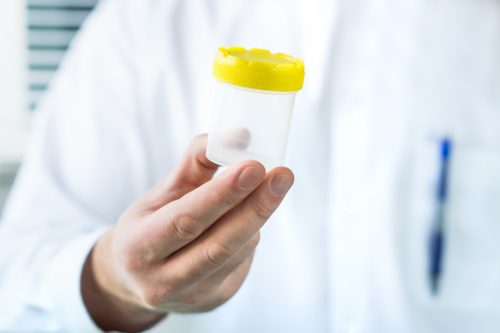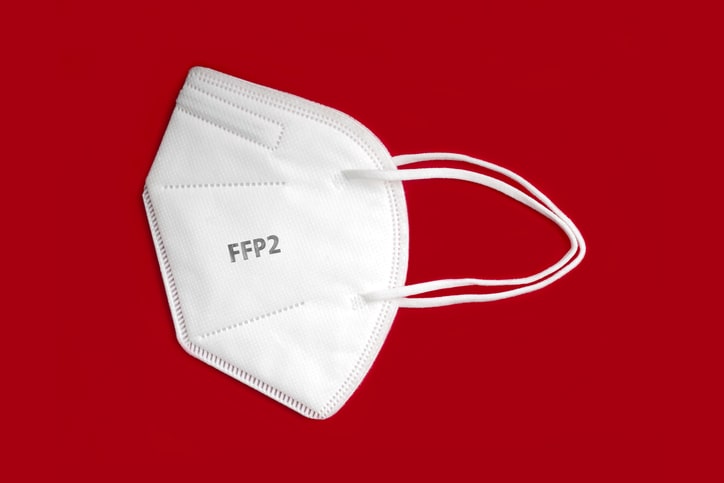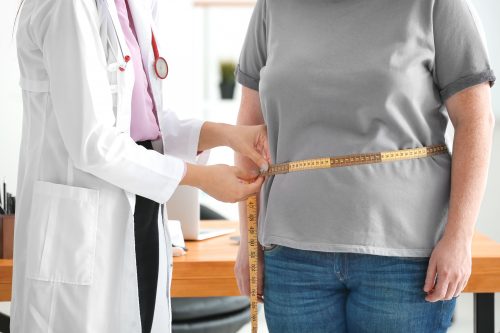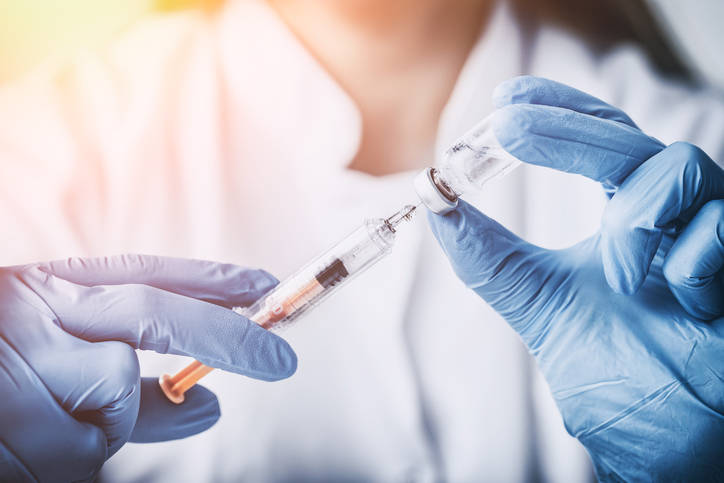
One of the late consequences of chronic kidney disease (CKD) is protein energy wasting (PEW); PEW is seen in approximately 18% to 75% of patients on maintenance dialysis. PEW adversely affects muscle mass, nutritional status, and physical function in that patient population. CKD-related PEW is associated with decreases in physical function and leads to reductions in quality of life, frailty, disability, and increased risk of mortality.
Anabolic interventions to improve the nutritional status and physical function of patients on dialysis include oral nutritional supplementation, resistance exercise, and aerobic exercise. There are few data available on the effectiveness of a combination of oral nutritional supplementation and anabolic exercise.
Geovana Martin-Alemañy, MSc, and colleagues conducted a study to test the hypothesis that the combination of oral nutritional supplementation with any exercise program would enhance physical function and nutritional status compared with exercise without supplementation. The trial assessed the effect of exercise combined with oral nutritional supplementation versus oral nutritional supplementation without exercise during hemodialysis sessions on physical function and nutritional status. Results were reported in the Journal of Renal Nutrition [2020;30(2):126-136].
The parallel controlled trial included young hemodialysis patients with predominately unknown causes of renal disease. Study participants were categorized into one of three groups: (1) oral nutritional supplementation (n=15); (2) oral nutritional supplementation + resistance exercise; and (3) oral nutritional supplementation + aerobic exercise.
Anthropometric, biochemical, physical function, and quality of life measurements were recorded at baseline and after 3 months. The effect of exercise and nutrition were assessed using repeated measures analysis of variance and effect sizes (Cohen’s d). The primary outcomes of interest were physical function and muscle strength. Secondary outcomes included assessments of body composition, physical activity, quality of life, and laboratory parameters.
During hemodialysis sessions, study participants received a can of a specialized oral nutritional supplement for maintenance dialysis that consisted of 480 kcal, 20 g protein, 20 g lipids, and 56 g carbohydrates (Enterex® RNL; Victus Laboratories). Enterex RNL contains water, maltodextrin, canola oil, lactalbumin, ascorbic acid, and citric acid as an antioxidant. For participants in the supplementation + aerobic exercise group, half of the can was given during the first hour of the hemodialysis session and the other half after the aerobic exercise routine. The exercise consisted of pedaling a stationary bike and was completed during the first 2 hours of the hemodialysis session. For those in the supplementation + resistance exercise group, half of the can of supplement was also given during the first hour of the session and the other half after the exercise routine. The routine included four types of resistance exercise performed during the first 2 hours of hemodialysis.
A total of 71 patients were assessed for eligibility by a nephrologist; following application of inclusion and exclusion criteria, 45 patients were deemed eligible and were randomized to one of the three study groups. During the study period, 11 patients discontinued the study: six received a kidney transplant, one changed hemodialysis units, one presented parapneumonic pleural effusion, one with postinfectious pericardial effusion, and one patient died due to metabolic derangement associated with dietary transgression.
A total of 34 patients were analyzed; none recorded infection, cardiovascular complication, hospitalization, or death associated with the exercise. Of those 34, 13 were in the supplementation alone group, 12 were in the supplement + aerobic exercise group, and nine were in the supplement + resistance exercise group.
At baseline, with the exception of body mass index, triceps, and skinfold thickness, there were no significant differences among the three groups in any of the study variables. Overall, median age was 29 years, 46.7% (n=21) were male, and the cause of CKD was unknown in 80% of the participants. Most of the study population (86.7%) received two hemodialysis sessions per week. Participants in the supplement alone group had lower percent fat mass and lower body mass index than those in the other two groups. There were no differences in physical function at baseline.
In the two exercise groups, there were statistically significant improvements in the times up and go (TUG) test, 6-minute walk test (6-MWT), sit-to-stand (STS) test, and in handgrip strength. Participants in the supplement alone group showed statistically significant increases in the 6-MWT (P=.003), TUG test (P=.013), and muscle strength (P=.000).
In the distance walked in 6 minutes, the group without exercise had an increase of 11m; the group with resistance exercise had an increase of 43 m and the group with aerobic exercise had an increase of 42 m. There were no statistically significant differences in the time ´ group interaction of the physical function tests and muscular strength among the groups; however, according to the magnitude of effect sizes (Cohen’s d), groups with exercise reported larger effects in comparison with the nonexercise group in the 6-MWT, STS test, TUG test, and in muscle strength.
The oral supplementation + resistance exercise group had more areas of improvement in quality of life at the end of the study, followed by the supplementation + aerobic exercise group.
The researchers did cite some limitations to the findings, including the lack of follow-up time to observe the anabolic impact of the combination of exercise and oral nutritional supplementation, and the age of the patients, with a bias toward relatively young patients who are generally more active and physically functional.
“In conclusion, our findings indicate that neither 12 weeks of aerobic exercise or resistance exercise training significantly improves physical function in hemodialysis patients more than oral nutritional supplementation alone. This may have been due to a number of factors, including the relatively short intervention period, the modest dose and intensity of the exercise intervention, and the small sample size in this pilot study. Indeed, we did observe larger effect sizes for physical function outcomes in the exercise groups, suggesting a modest improvement in the indices when oral nutritional supplementation and exercise are combined. Future studies should consider strategies that include more robust exercise interventions that may enhance the effects seen here and in other similar studies,” the researchers said.
Takeaway Points
- Results of a parallel controlled trial designed to compare the effect of aerobic exercise and resistance exercise programs both combined with oral nutritional supplementation versus oral nutritional supplementation alone in a cohort of patients on maintenance hemodialysis.
- Outcomes of interest were physical function, muscle strength, quality of life, and indicators of nutritional status.
The combination of exercise with oral nutritional supplementation had larger effects on physical function than oral nutritional supplementation alone.







 © 2025 Mashup Media, LLC, a Formedics Property. All Rights Reserved.
© 2025 Mashup Media, LLC, a Formedics Property. All Rights Reserved.